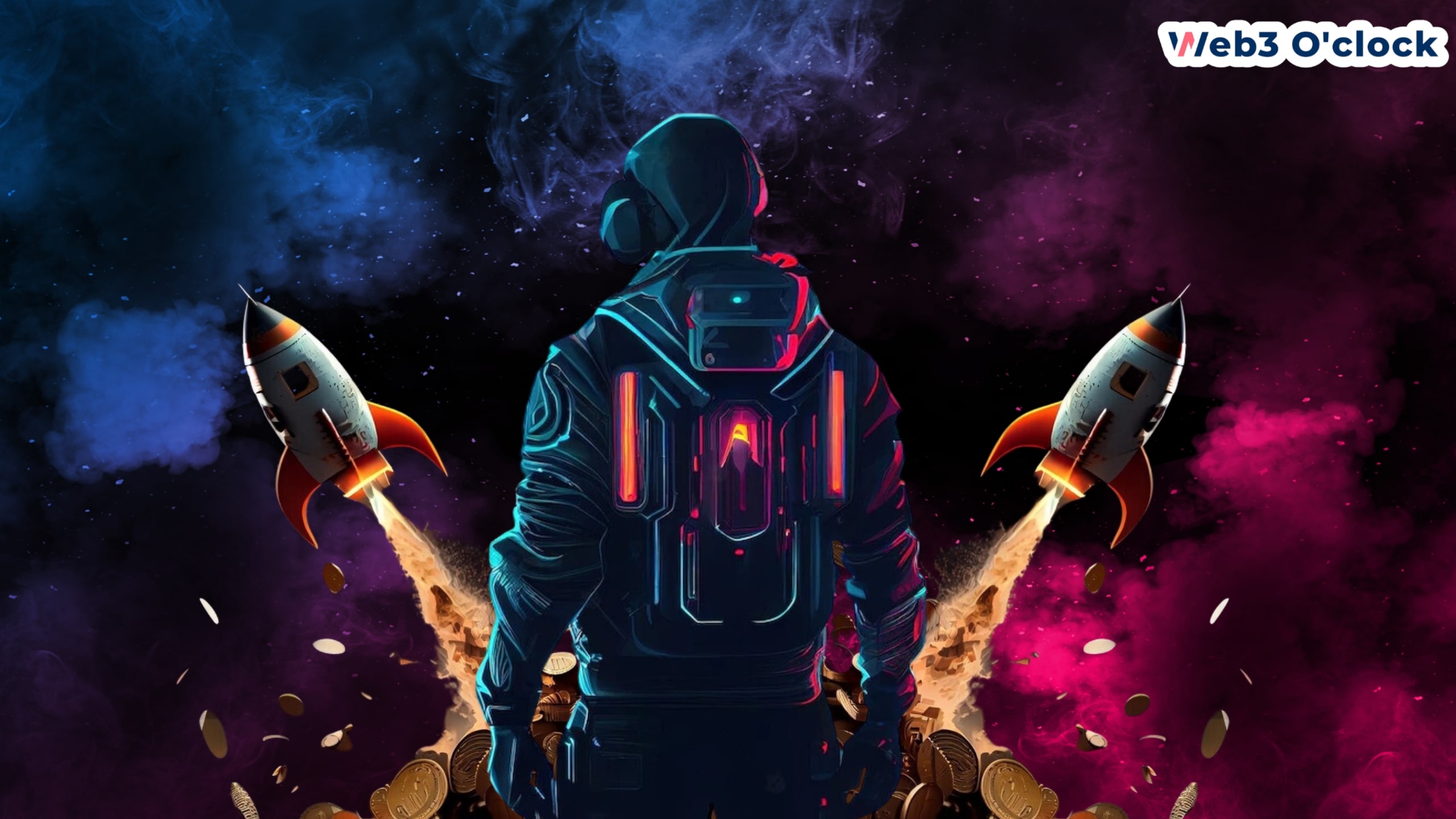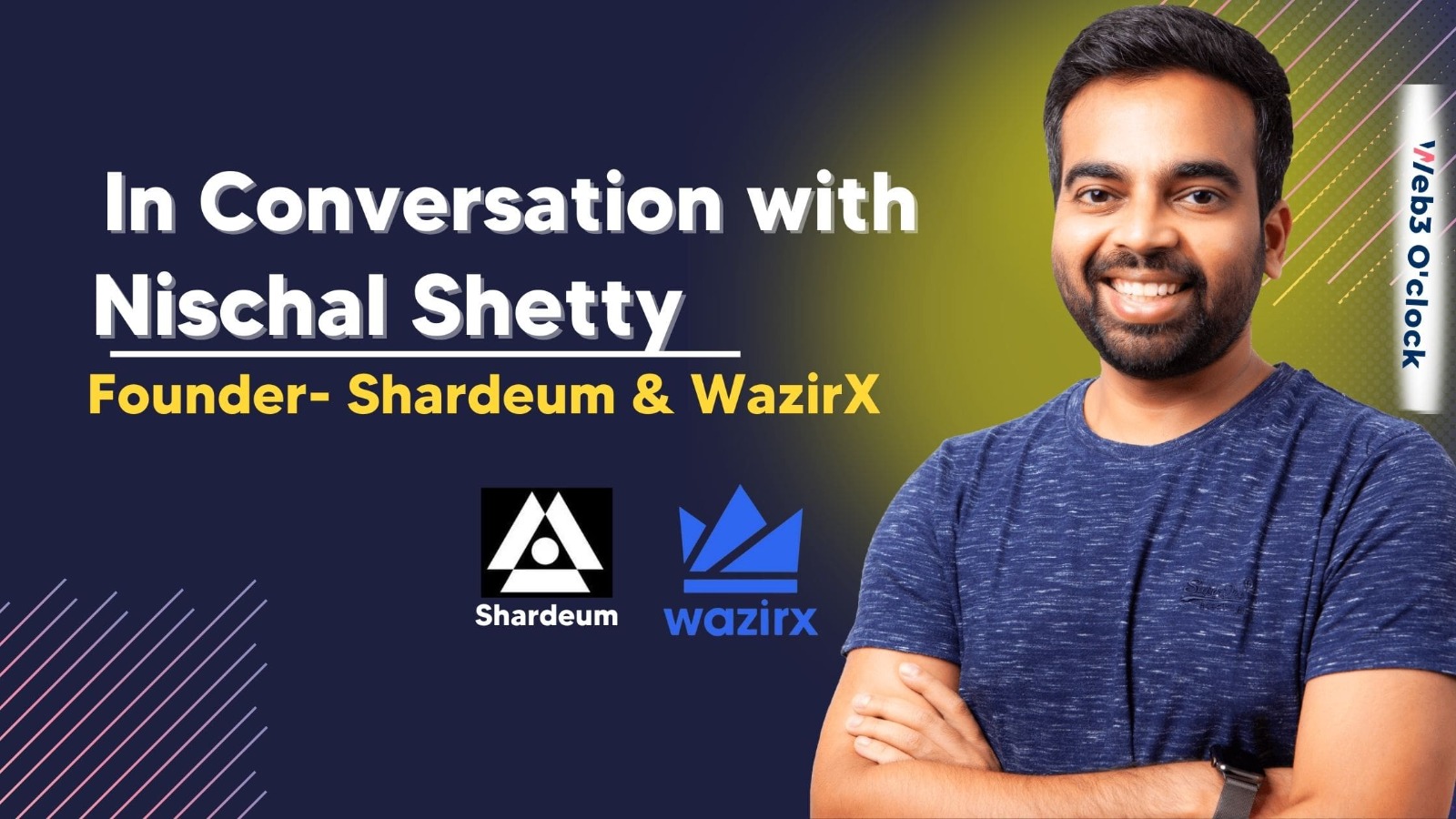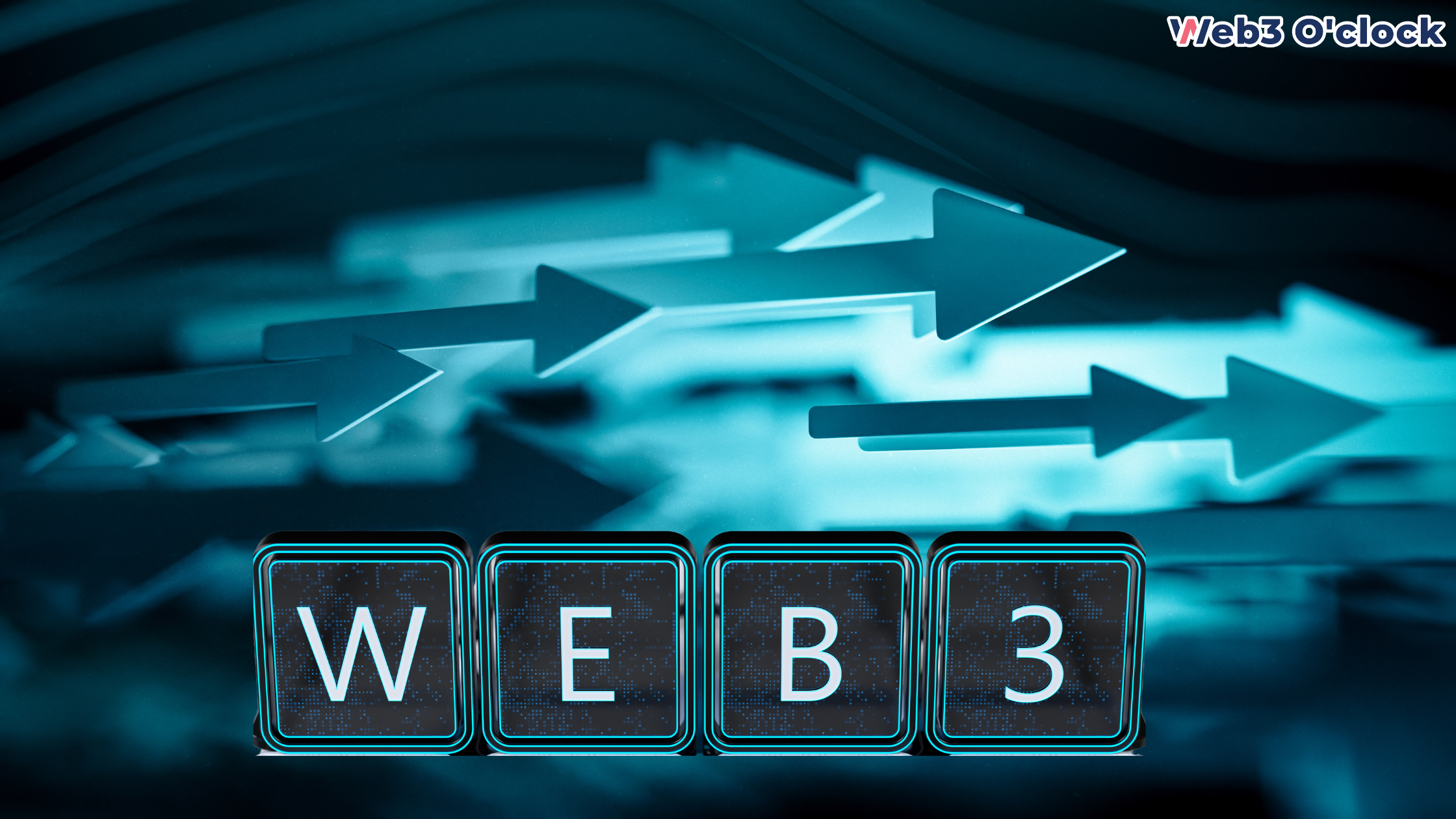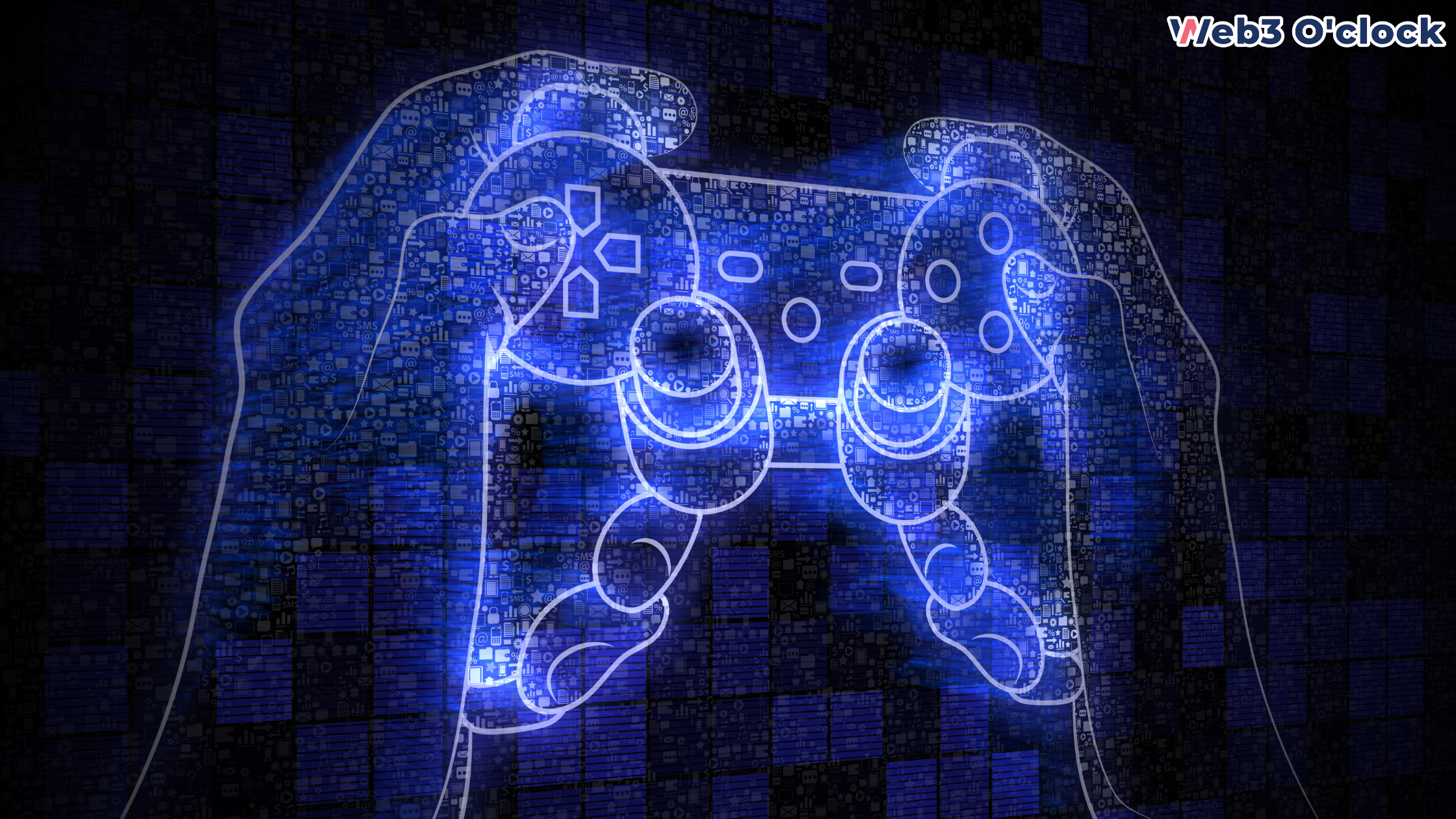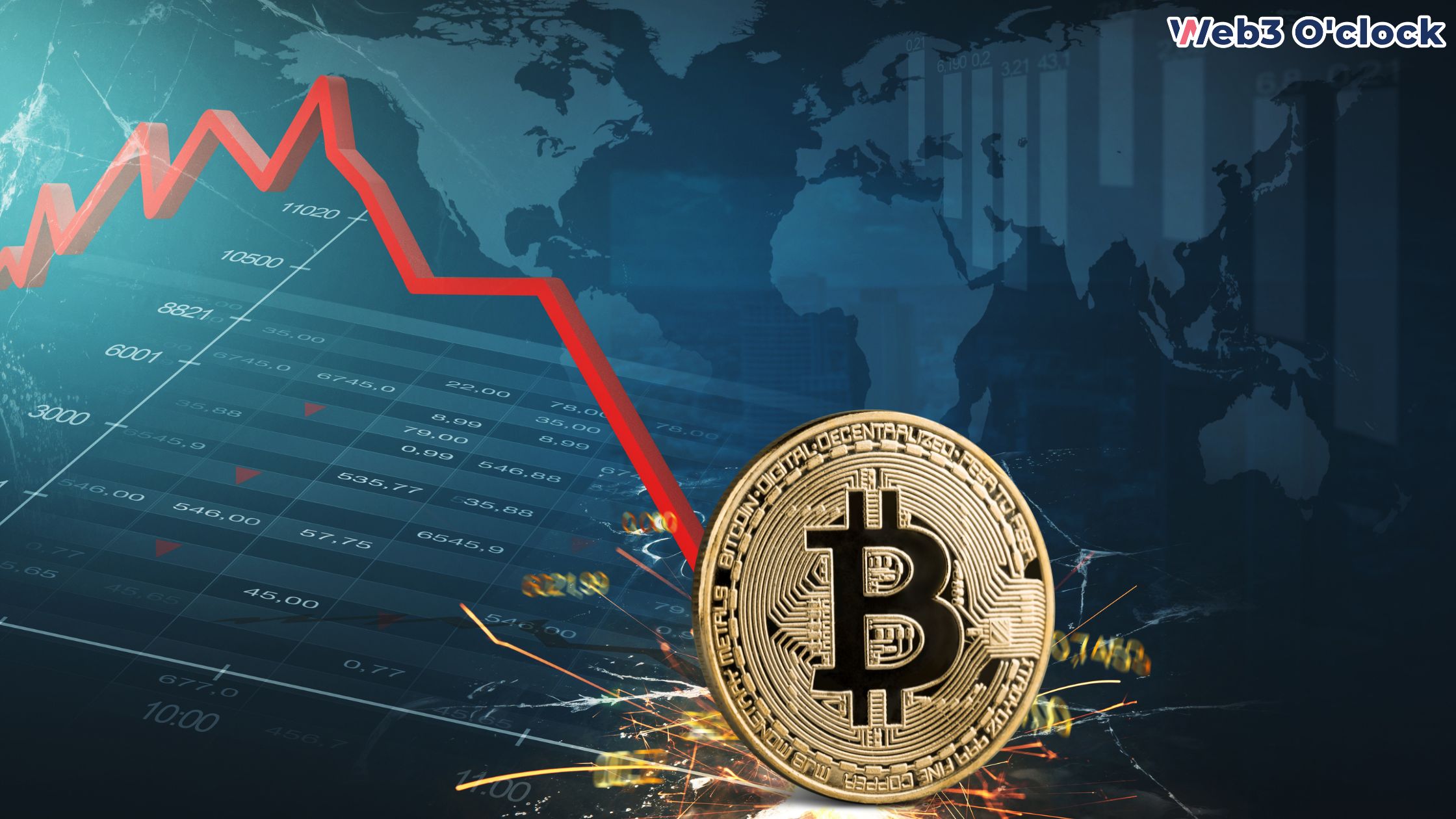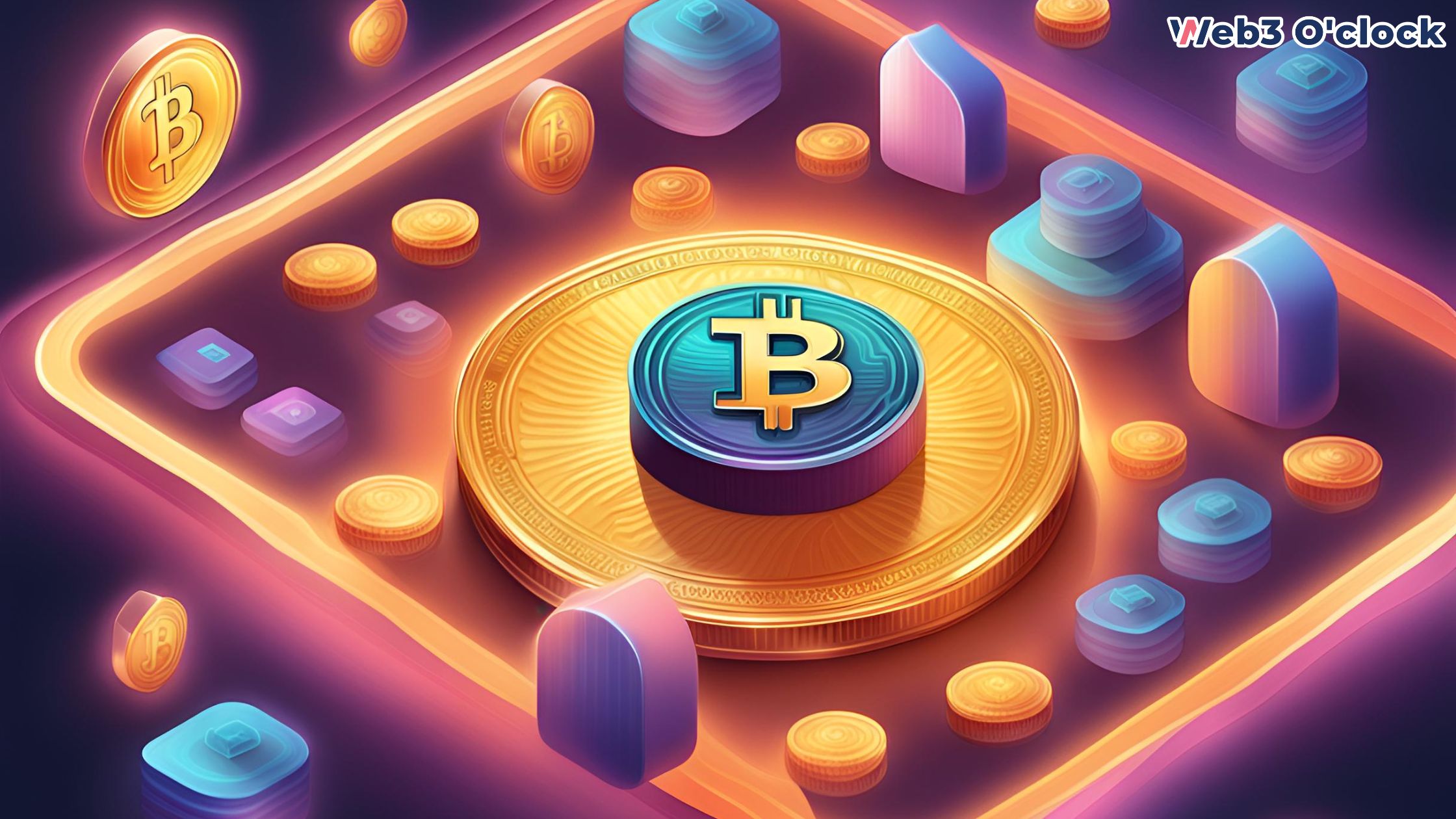In the ever-evolving world of gaming, the integration of blockchain technology has emerged as a game-changer. The concept of GameFi (Game and Finance) projects has revolutionized the gaming industry, allowing for co-creative and co-governance gaming ecosystems. With its ability to overcome conventional obstacles and introduce new sources of revenue, GameFi has gained significant traction, leading to the exponential growth of blockchain-based games. This article delves into the future of GameFi, exploring the market outlook for 2023 and shedding light on the emerging technologies shaping the blockchain gaming industry.
GameFi Market in 2023: A Promising Outlook
The year 2022 witnessed remarkable progress in the GameFi industry, showcasing its immense potential. By combining blockchain technology, gaming, financial liberalization, and non-fungible tokens (NFTs), GameFi projects surged to a total of 1,551 games by June 2022. Moreover, the number of players engaging with blockchain-based games continued to rise steadily, reaching an estimated range of 2.49 million to 2.94 million individuals in 2022.
Projections for the next six years indicate that the play-to-earn non-fungible token (NFT) game business will attain a value of $2.8 billion, with a compound annual growth rate of 20.4%. These statistics underscore the tremendous growth potential of GameFi, hinting at a bright future for the industry.
The Appeal of GameFi: Ownership and Interconnectivity
One of the key drivers behind the rise of GameFi is the opportunity it offers players to own digital assets in the virtual world. By incorporating blockchain technology, GameFi blurs the line between virtual and actual property, allowing players to have true ownership of in-game assets. This financial incentive, coupled with the chance to engage in interconnectivity by transferring assets between digital environments, attracts players and fuels the popularity of GameFi projects.
The Current Outlook of Blockchain Games Industry
While many sectors are still exploring the full potential of blockchain technology, the gaming industry has embraced it wholeheartedly. By leveraging blockchain, gaming companies have developed innovative business models and introduced cutting-edge technologies. In 2023, the incorporation of the metaverse, Web3, NFTs, play-to-earn (P2E), and tokenization of gameplay into console gaming investments will catalyze the industry’s transformation from a mere hobby to a thriving ecosystem.
The advent of blockchain-powered decentralized systems for gaming ensures transparency, fairness, and impartiality. By utilizing distributed ledger technology, these platforms enable players to compete in a secure and trustworthy environment, free from issues such as item theft and the sale of counterfeit in-game goods. The immutability of in-game items, achieved through blockchain, safeguards players’ interests and fosters a more enjoyable gaming experience.
Challenges Faced by the GameFi Industry
Despite its rapid growth, the GameFi industry faces several challenges that need to be addressed to ensure sustained success. One of the primary concerns is the focus on token features and income generation at the expense of gameplay. To attract and retain players, developers must strike a balance between financial incentives and providing a compelling gaming experience.
Moreover, the lack of consolidation across assets and cross-border transactions poses hurdles to the widespread adoption of GameFi. To establish GameFi as the dominant gaming infrastructure, compatibility between different games and seamless cross-border access must be prioritized.
The Role of NFTs and Tokenization
Non-fungible tokens (NFTs) have emerged as a significant development within the gaming industry. With the help of blockchain technology, NFTs address critical issues such as ownership, decentralization, and protection against cybercrime. These tokens offer players the assurance that their virtual possessions will always be under their control, even if a game discontinues. Tokenization also ensures that the time and financial investments players make in acquiring rare in-game assets hold real-world value.
The Adoption of the Play-to-Earn Model in Gaming for 2023
Play-to-earn (P2E) games, a recent phenomenon in the gaming world, have gained tremendous popularity within the GameFi industry. By combining entertainment with financial incentives, P2E games provide players with an opportunity to earn rewards while enjoying the gaming experience. The value of in-game tokens is often tied to real-world currency, incentivizing players to leverage NFTs to enhance their token holdings.
Conclusion
The integration of blockchain technology into the gaming industry has unlocked a realm of possibilities, spearheaded by the rise of GameFi. With its co-creative and co-governance gaming ecosystems, GameFi projects have created new revenue streams and heightened player engagement. Looking ahead to 2023, the future of GameFi appears bright, with projections pointing towards continued growth and market expansion.
Through the incorporation of NFTs, tokenization, and the adoption of play-to-earn models, the gaming industry is undergoing a transformative phase. Players now have the ability to truly own their in-game assets and earn rewards while participating in the gaming ecosystem. With ongoing advancements in technology and increasing player demand, GameFi is poised to reshape the gaming landscape, revolutionizing the way we interact with virtual worlds and creating new opportunities for both players and developers alike.
FAQs
How does blockchain technology benefit the GameFi industry?
Blockchain technology provides several benefits to the GameFi industry. It enables transparent and secure transactions, ensuring the immutability and ownership of in-game assets. Blockchain-based gaming platforms also promote fairness and trust by eliminating issues such as item theft and counterfeit goods. Additionally, blockchain allows for the tokenization of gameplay, giving players the opportunity to translate their time and investments into real-world value.
What are non-fungible tokens (NFTs) and how are they used in GameFi?
Non-fungible tokens (NFTs) are unique digital assets that are indivisible and cannot be exchanged on a one-to-one basis. In the context of GameFi, NFTs are used to represent ownership of in-game assets, such as virtual items, characters, or land. NFTs provide players with true ownership and the ability to transfer their assets across different games or virtual environments, even beyond the lifespan of a specific game.
What is the play-to-earn model in GameFi?
The play-to-earn (P2E) model in GameFi allows players to earn real-world rewards or digital currency by actively participating in the game. Players receive incentives for their engagement, such as completing tasks, achieving milestones, or interacting with other players. The value of in-game tokens earned through the P2E model can often be converted into real-world currency, providing players with an opportunity to monetize their gaming activities.
What are the challenges faced by the GameFi industry?
The GameFi industry faces several challenges. One major concern is striking the right balance between financial incentives and maintaining a compelling gameplay experience. Developers must ensure that games are enjoyable and not solely focused on generating income. Additionally, the lack of interoperability and compatibility between different games and platforms poses a barrier to widespread adoption. Achieving seamless cross-border transactions and asset transfers remains a challenge in the GameFi ecosystem.
What does the future hold for GameFi?
The future of GameFi looks promising, with significant growth potential and ongoing technological advancements. As blockchain technology continues to evolve, GameFi projects are likely to expand, attracting more players and developers. The incorporation of concepts like the metaverse, Web3, and enhanced gaming experiences through NFTs and tokenization will further fuel the transformation of the gaming industry. GameFi has the potential to reshape the gaming landscape, providing new opportunities for players to engage, own assets, and participate in the financial aspects of gaming.


